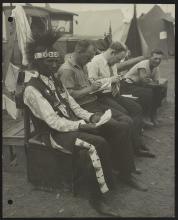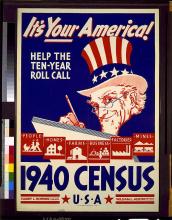Language-aware lesson example: Colonial Daily Life (3rd Grade)
Explore primary sources to learn about daily life in Colonial Massachusetts.
Students will practice with posing questions about primary source documents and then analyzing the resources to learn more about life in Colonial Massachusetts. Students will summarize their learning in the final lesson.
What was everyday life like for people who lived near the ocean in Massachusetts 250 years ago?
What can a newspaper tell us about the lives of men, women, and children in 1767 Massachusetts?
Focus skills include:


